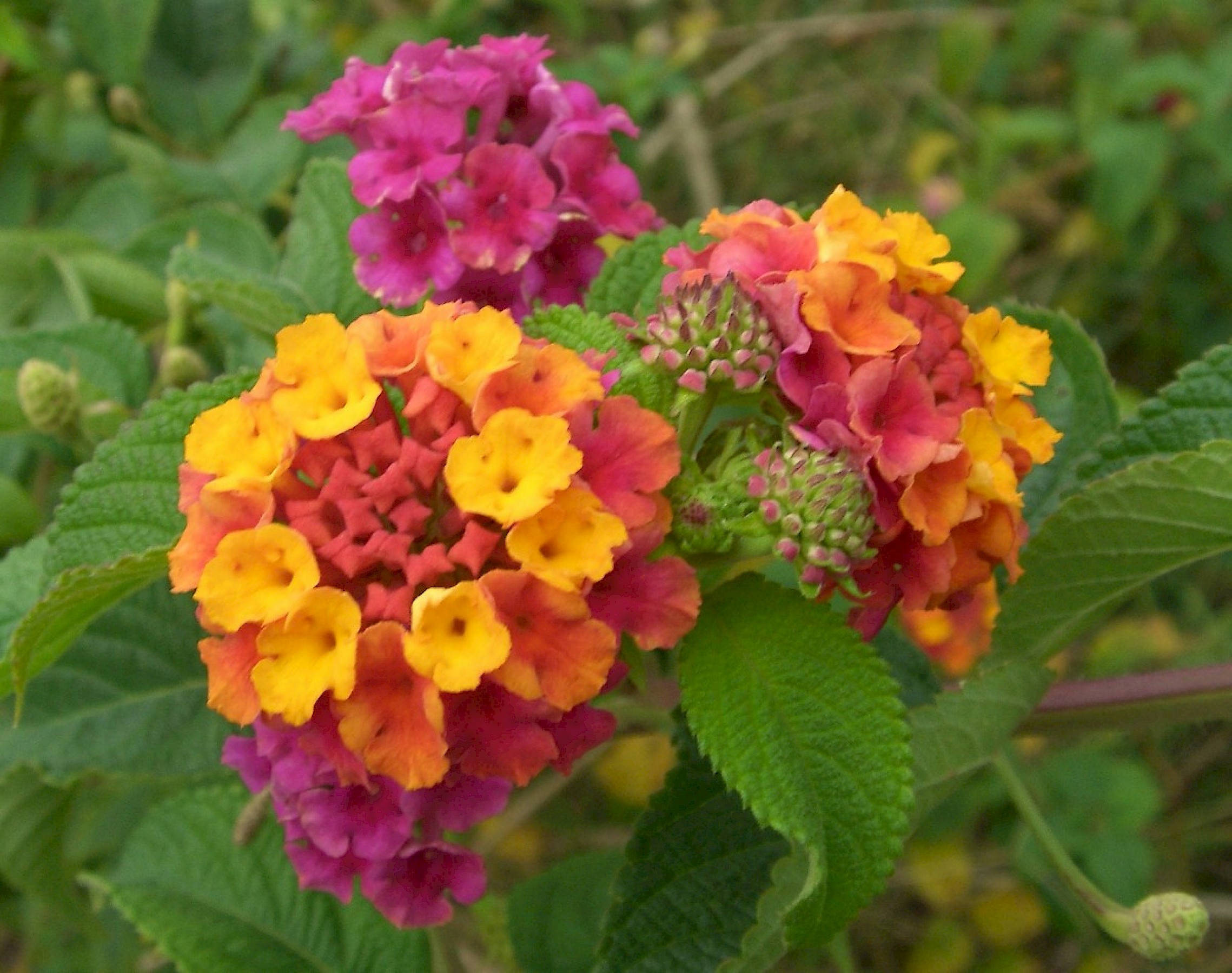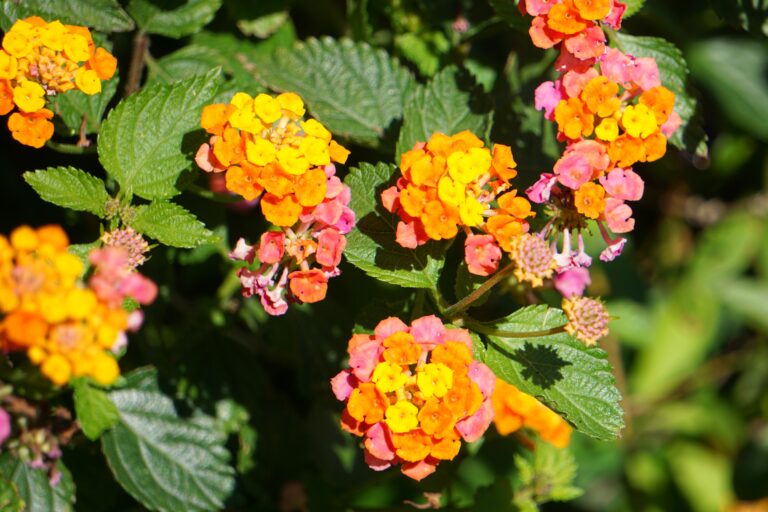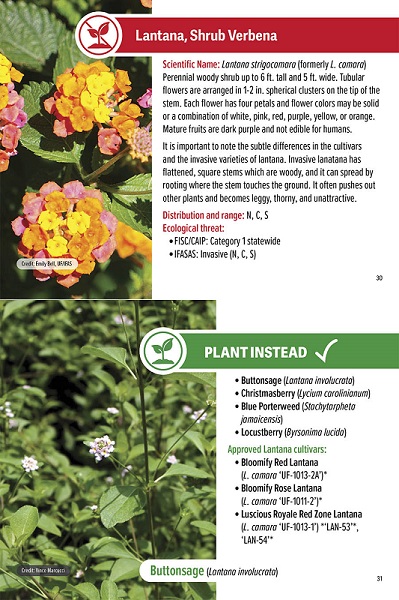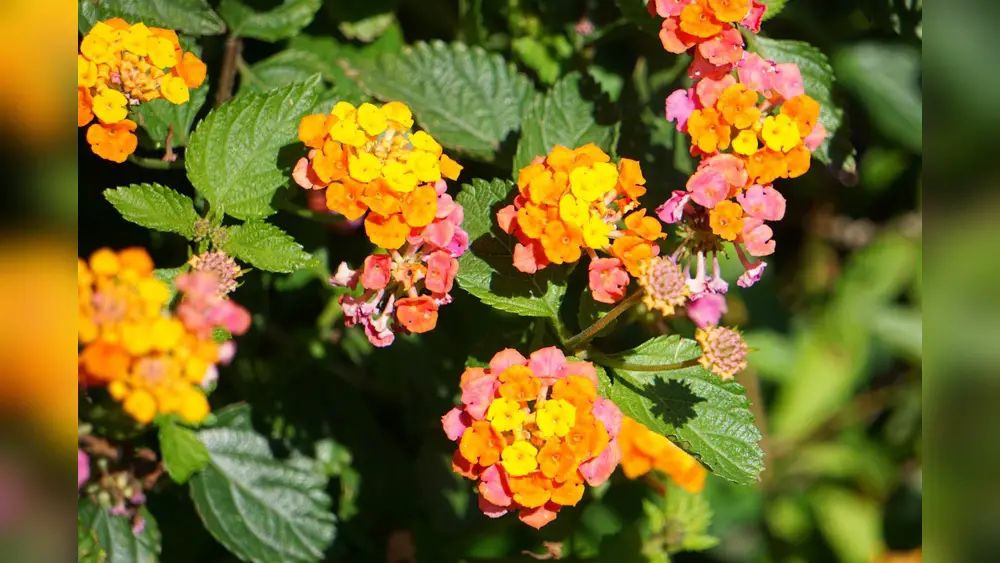Are you looking to add bright, colorful flowers to your Florida garden without worrying about harmful invasiveness? Lantana is a popular choice for its vibrant blooms and tough nature.
But if not managed carefully, it can spread quickly and take over your yard. You’ll discover simple, effective ways to grow lantana safely in Florida. You’ll learn how to enjoy its beauty while keeping your garden healthy and balanced. Keep reading to find out how to make lantana a stunning, trouble-free part of your outdoor space.
Choosing The Right Lantana Varieties
Choosing the right lantana varieties is key to growing these vibrant plants safely in Florida. Some lantanas can spread quickly and become invasive. Picking the right types helps protect your garden and the local environment. Focus on varieties that grow well without taking over.
Non-invasive Species For Florida
Florida has rules about lantana to stop invasive plants. Select species known to be non-invasive. Lantana montevidensis, also called trailing lantana, is a safe choice. It grows nicely without spreading out of control. Another option is Lantana camara cultivars bred to reduce seed spread. These types help keep your garden tidy and safe.
Flower Colors And Bloom Patterns
Lantanas offer many flower colors. Choose colors that suit your garden style. Yellow, orange, red, and purple are common and bright. Some lantanas bloom all year in Florida’s warm climate. Continuous blooming plants provide lasting color. Pick varieties with steady bloom patterns to enjoy beauty every season.
Preparing Your Garden Site
Preparing your garden site is an important step to grow lantana safely in Florida. Proper preparation helps prevent the plant from spreading too much. It also keeps your garden healthy and beautiful. Paying attention to soil, sunlight, and drainage makes a big difference.
Choosing the right spot and preparing the ground carefully helps control lantana’s growth. This way, you enjoy its bright flowers without harming local plants.
Soil Requirements
Lantana grows best in well-drained soil. It prefers sandy or loamy soil types common in Florida. The soil should not hold too much water. Avoid heavy clay soil that stays wet after rain. Adding organic matter improves soil health and drainage. Test your soil’s pH to keep it slightly acidic to neutral. A pH of 6.0 to 7.5 works well. Good soil helps lantana grow strong and stay healthy.
Sunlight And Drainage Needs
Lantana loves full sun. It needs at least six hours of direct sunlight daily. Bright sunlight encourages more flowers and stronger plants. Plant lantana in a spot with good air flow. Proper drainage is important to stop roots from rotting. Avoid low areas where water collects. You can raise the soil level slightly if needed. Well-drained, sunny locations help lantana thrive without spreading aggressively.
Planting Techniques For Healthy Growth
Growing lantana in Florida requires careful planting techniques. These methods help the plant grow strong without spreading uncontrollably. Healthy growth starts with the right planting steps. This keeps lantana beautiful and safe for your garden.
Proper Spacing And Depth
Plant lantana with enough space to grow well. Leave about 3 to 4 feet between each plant. This space allows air to flow and prevents disease. Plant roots should sit just below the soil surface. Avoid planting too deep to stop root rot. Proper depth helps roots take in water and nutrients easily.
Watering Schedule
Water lantana regularly after planting. Keep the soil moist but not soggy. Water deeply once or twice a week depending on rain. Reduce watering as the plant grows stronger. Overwatering can cause root problems. A steady watering routine helps lantana thrive without stress.
Maintaining Lantana Without Spread
Maintaining lantana without spread is key to safe gardening in Florida. Lantana grows quickly and can take over areas if not managed. Keeping it controlled helps protect native plants and gardens. Simple steps keep lantana healthy and prevent unwanted growth.
Pruning To Control Size
Pruning lantana regularly keeps it from growing too large. Cut back stems by one-third in early spring. Trim again after the first bloom to encourage new flowers. Use sharp shears to make clean cuts. This prevents lantana from spreading beyond its space.
Removing Seed Heads
Removing seed heads stops lantana from spreading by seeds. Check plants often for small green or brown seed clusters. Pinch or cut off seed heads before they open. Dispose of them in trash, not compost. This simple step reduces unwanted lantana seedlings in your garden.
Natural Pest And Disease Management
Managing pests and diseases naturally helps keep lantana healthy in Florida. It reduces chemical use and protects the environment. Safe practices stop lantana from becoming invasive.
Natural pest control focuses on prevention and balance. Healthy plants resist pests better. Using organic methods keeps beneficial insects safe. These insects help control harmful pests.
Common Pests In Florida
Florida’s warm climate attracts many lantana pests. Whiteflies often cover leaves with sticky residue. Spider mites cause leaf yellowing and webbing. Aphids suck sap, causing leaf curl and damage. Caterpillars chew leaves, leaving holes. Each pest can weaken lantana if uncontrolled.
Organic Control Methods
Introduce ladybugs or lacewings to eat aphids and whiteflies. Spray neem oil to stop pest growth and spread. Use insecticidal soap to kill soft-bodied insects quickly. Remove heavily infested leaves to prevent spread. Keep lantana well-watered and spaced for good airflow. Healthy plants resist pests and diseases better.

Credit: plant-directory.ifas.ufl.edu
Alternatives To Invasive Lantana
Choosing plants that thrive without harming the environment is important in Florida. Lantana is popular but can spread quickly and disrupt local ecosystems. There are safer options that bring color and charm without the risk of invasiveness. These alternatives suit Florida’s climate and support native wildlife.
Native Florida Plants With Similar Appeal
Florida has many native plants that look bright and attract butterflies. The Coral Honeysuckle offers red-orange flowers and sweet fragrance. The Firebush blooms with red and orange flowers, attracting hummingbirds and bees. The Coontie plant features unique leaves and fits well in shady spots. These plants support local insects and birds. They grow well without taking over gardens.
Other Low-risk Ornamental Shrubs
Several ornamental shrubs work well in Florida gardens without spreading aggressively. The Dwarf Bottlebrush shows red, brush-like flowers and grows neatly. The Mexican Heather has small purple flowers and stays compact. The Society Garlic adds green leaves and white flowers with a mild scent. These shrubs add color and structure safely. They require little care and avoid the problems linked to invasive lantana.
Monitoring And Reporting Spread
Growing lantana in Florida requires care to prevent it from spreading uncontrollably. Monitoring the plant regularly helps catch early signs of invasiveness. Reporting any unusual growth keeps the environment safe. This section explains how to spot problems and where to report them.
Signs Of Invasiveness
Watch for lantana growing outside your garden. It may appear in natural areas or along roadsides. Notice if it forms dense patches that crowd other plants. Check if birds or animals spread lantana seeds far away. Rapid growth and easy spreading are strong signs of invasiveness.
Local Resources For Reporting
Contact local environmental agencies if you see lantana spreading in wild areas. Florida Fish and Wildlife Conservation Commission is a good start. Many counties have invasive species hotlines or websites. These resources help track and control invasive plants effectively.

Credit: www.flawildflowers.org

Credit: ifasbooks.ifas.ufl.edu
Frequently Asked Questions
How Can I Prevent Lantana From Becoming Invasive?
To prevent lantana invasiveness, plant sterile or non-spreading varieties. Regularly prune and remove seedlings. Avoid planting near natural areas and use mulch to limit seed spread.
What Is The Best Lantana Variety For Florida Gardens?
Choose native or sterile lantana varieties like Lantana camara ‘New Gold’. These types bloom well and reduce invasive risks in Florida’s climate.
How Often Should I Prune Lantana To Control Growth?
Prune lantana every 6 to 8 weeks during the growing season. Regular trimming prevents overgrowth and helps contain its spread safely.
Can Lantana Grow Safely Near Florida’s Natural Habitats?
Avoid planting lantana close to natural habitats. Use controlled garden beds and barriers to stop seeds from spreading into wild areas.
Conclusion
Growing lantana in Florida can be safe and beautiful. Choose native or less invasive varieties to protect local plants. Regular pruning helps control its spread and keeps it healthy. Watch for new shoots and remove them quickly. Use barriers or pots to limit roots from spreading.
Enjoy lantana’s bright flowers without harming your garden or nature. Small actions make a big difference in preventing invasiveness. With care, lantana adds color and life to your outdoor space. Keep your garden safe and thriving by planting thoughtfully.

